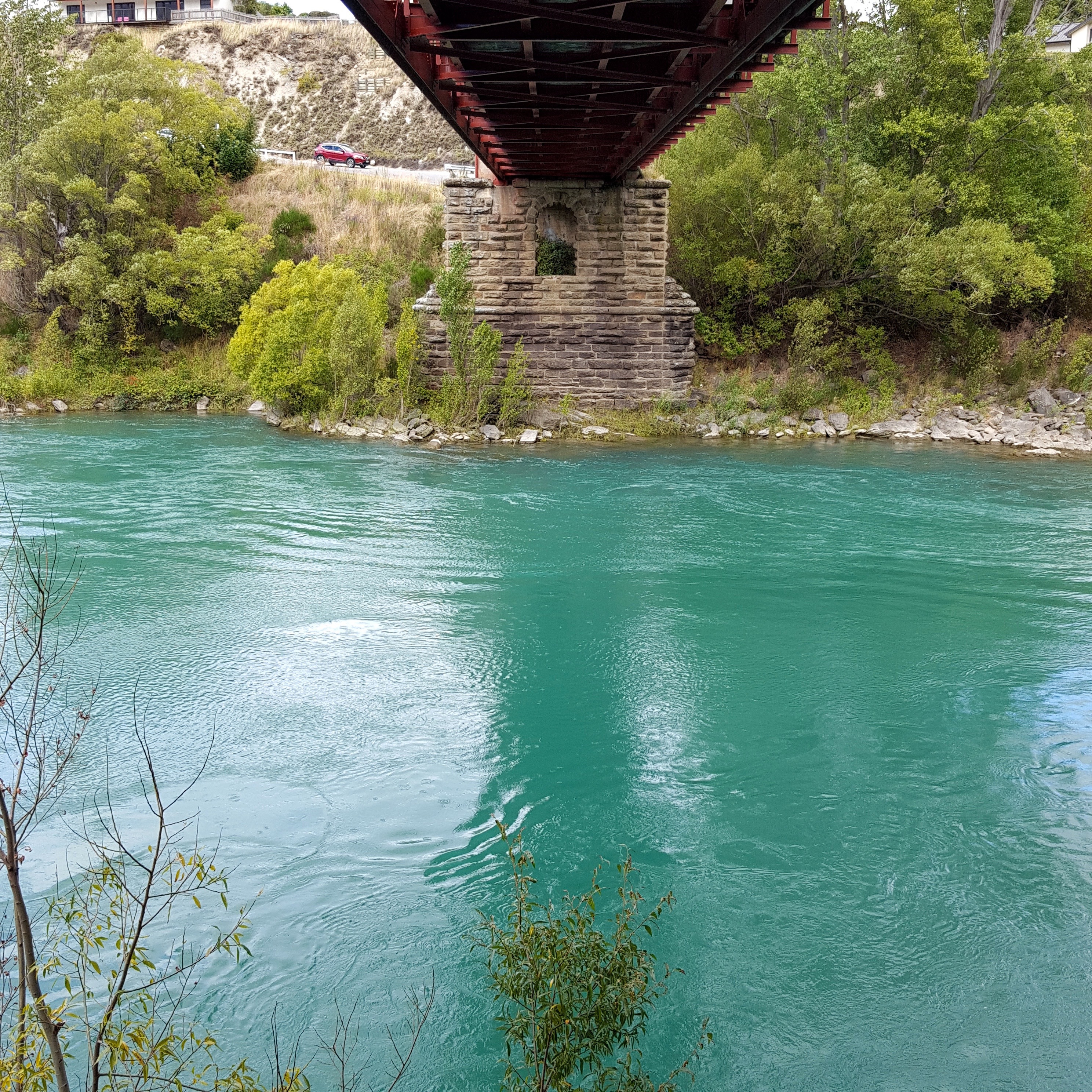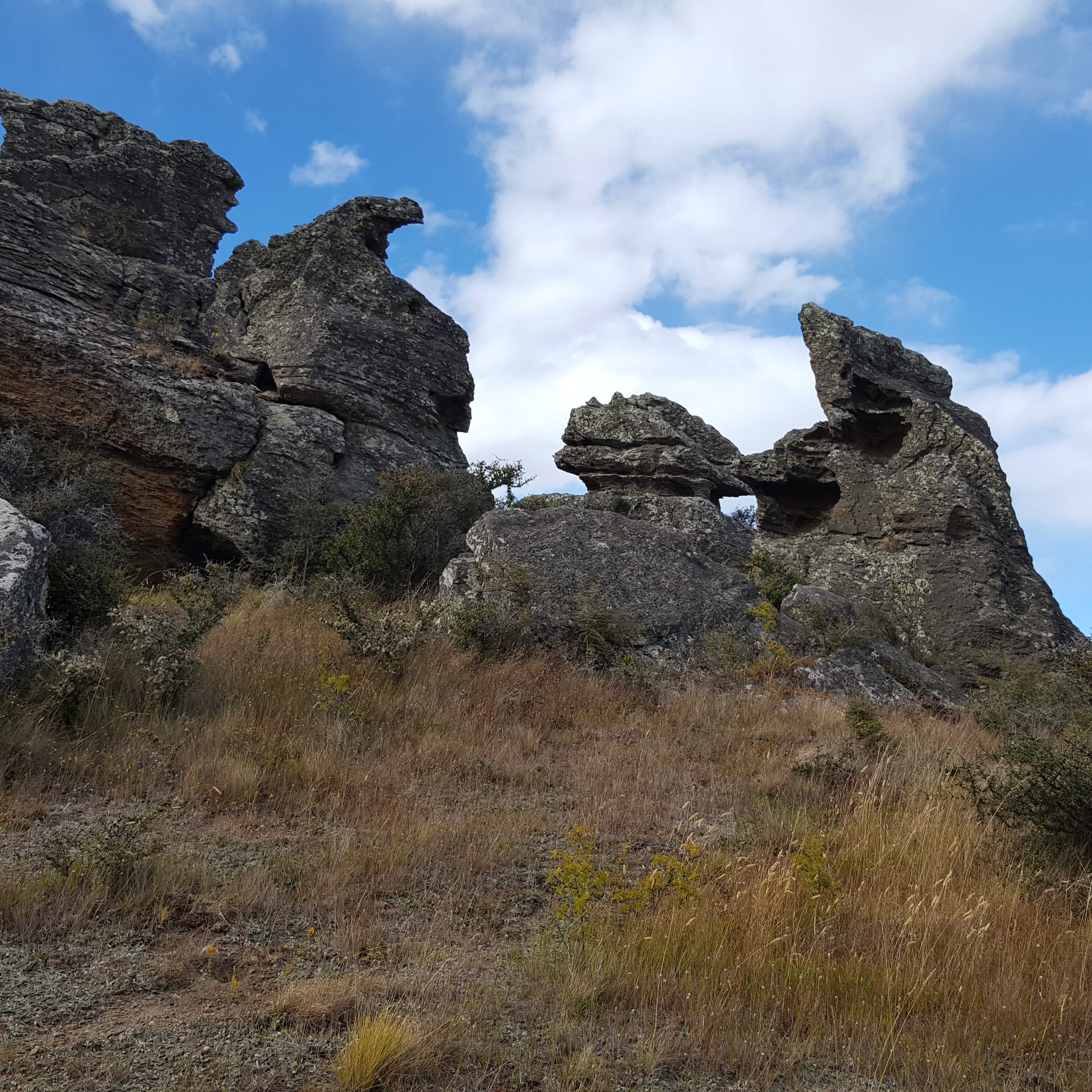It is truly a world like no other.
May 31, 2017ByValarie Gilmour
Comprised of two of the largest islands in the South Pacific, New Zealand offers any castaway paradise. The scenery in New Zealand is best described as forested valleys, glacier topped peaks and turbulent rivers. 1,600 kilometers long, it is a world like no other. Water falls rage amongst stunning mountains, flowing over the most beautiful land I have ever seen. Climbing these massive mountains is guaranteed to astound you and make you feel as though you are on top of the world. The glaciers are undoubtedly the most magical sight I have seen. The water from them is a bright Caribbean blue.

The South Island of New Zealand is renowned for its mountains, lakes and glaciers. The Southern Alps run the length of the island and is home to Aoraki/Mount Cook, the highest mountain in New Zealand. Arthur's Pass is the highest pass over the Southern Alps and it is so high that we had the van in first gear as we were going up. Nathan showed us Temple Basin Ski Area where he snowboarded this past winter. There are no lifts in New Zealand like we have here. There is a goods lift to carry your gear, but you have to hike up and board down, then do it all over again.
In the southwest of the island is Milford Sound within Fiordland National Park. Milford Sound was carved by glaciers during the ice ages. It’s cliffs rise from the waters, mountain peaks scrape the sky and waterfalls cascade downward creating the most gorgeous scene. The rock formations are exactly what you see in the Lord of the Rings movie and are all over the South Island. In the north is Abel Tasman National Park, best known for trails and ocean kayaking. Dave and I enjoyed hiking all over. The town of Queenstown sits on the shore of Lake Wakatipu and is famous for adventure sports. Nathan went mountain biking while at Queenstown bike park while we drank Guinness.


The North Island of New Zealand is slightly smaller but home to about three-quarters of New Zealand’s population. The island is known for volcanic activity, national parks and cosmopolitan cities. The country’s largest city, Auckland is located here. Surrounded by bays and islands, it’s known as the “the City of Sails.” At its southern tip is the harbor side capital city of Wellington
There are many native flightless birds in New Zealand. Unfortunately, we never had the chance to see the Fiordland crested penguins or the kiwi bird. We did hear a kiwi bird outside our tent in the pouring rain on Stewart Island but neither of us wanted brave the weather and venture outside. Looking back, we are now kicking ourselves for not getting up to see it. The kea bird is one of the friendliest birds and we were able to get right up close to several. The kea is a large species of parrot of the family Strigopoidea, found in forested and alpine regions of the South Island of New Zealand. The Kakapo, also known as an owl parrot is a species of large, flightless, nocturnal, ground-dwelling parrot of the super-family Strigopoidea, common to New Zealand. Again, we heard this bird but never actually saw one. The Conservation Department told us there are only about 90 of these birds left. Weka’s are a funny looking bird, who we discovered liked our music and came into camp to hang out with us many times. Weka’s are sturdy brown birds, about the size of a chicken. The blue fantail bird is the only species of fantail in New Zealand. They are so cute and made us laugh as they danced around our camp for the night. We saw huge wood pigeons, called kererū by the Māori in most of the country but kūkupa and kūkū in some parts of the North Island. The wood pigeons just sat there watching us, not scared at all.
The Māori are the indigenous Polynesian people of New Zealand. The Māori originated with settlers from eastern Polynesia, who arrived in New Zealand between 1250 and 1300 CE. Over several centuries, the settlers developed a unique culture that became known as the "Māori". They exhibit their own language, rich traditions, distinctive crafts and performing arts. Early Māori formed tribal groups and horticulture soon flourished using plants they introduced. We had the opportunity in the northland to visit and understand the Māori customs. Respect and honor of the Māori people is something we found to be extremely important.
Fishing in New Zealand is a fisherman’s dream. We purchased a fishing license online and Dave caught a big German brown trout but it got away. Maybe next time! The rivers, lakes and even the small streams all have trout. Trout fishers rarely travel without a rod and reel packed in the car as there are so many opportunities to fish in New Zealand. You can stand on the riverbank, wade into the water, or you can fish from a boat. We were told that rain did not play into fishing, but because we experienced more rain than normal, we did not have much luck. Fishing headwaters of rivers such as the Mohaka and Ngaruroro were spectacular experiences given the scenery and wildlife we encountered.

